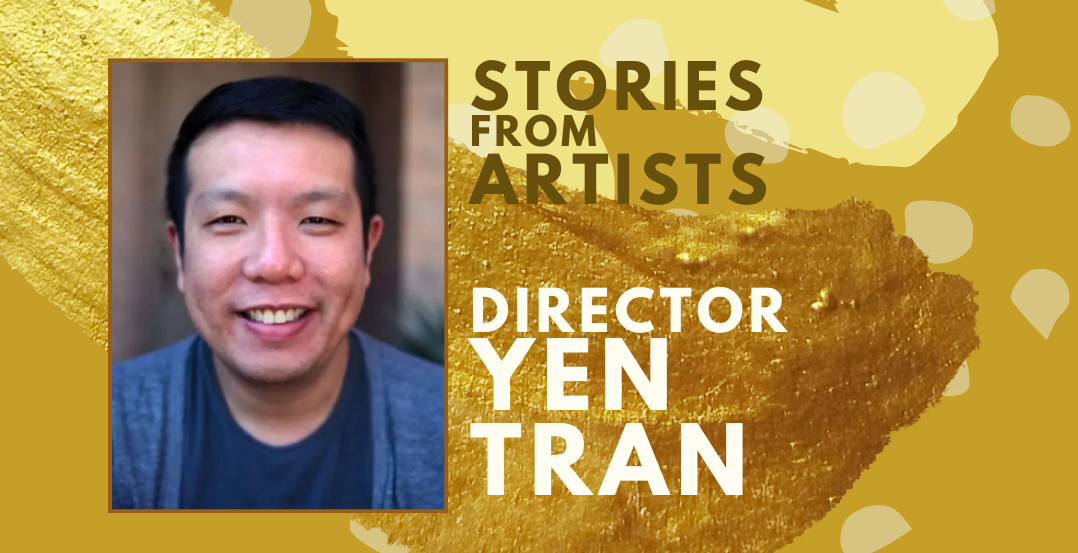
STORIES from Artists: Yen Tan
For this installment in our STORIES From Artists series, we’re featuring Malaysian-born writer and director Yen Tan. He premiered the critically-acclaimed Pit Stop at Sundance 2013. It was nominated for a John Cassavetes Awards at the 2014 Film Independent Spirit Awards.
Yen also co-directed Until We Could (2014) with David Lowery, an Addy-winning PSA for Freedom to Marry that was narrated by Robin Wright and Ben Foster. His deeply moving film, 1985, tells the story of a closeted HIV-positive man returning to his Texas hometown to say goodbye to his family. A 2018 New York Times Critic’s Pick, the film premiered at SXSW and was inspired by his Short of the Week of the same title.
Yen has been a fellow of Austin Film Society’s Artist Intensive, IFP’s Film Week, and Film Independent’s Fast Track. He was named one of Out Magazine’s OUT100 of 2018. Yen is based in Austin, where he also works as an award-winning key art designer for independent films and documentaries.
– Abdi Nazemian
* * * * * * *
When was the first time you heard about HIV / AIDS?
I remember watching Dynasty as a boy in Malaysia and reading about Rock Hudson getting ill. And the tabloid headlines of how Linda Evans may be exposed due to their on-screen kiss. It was grotesquely depicted in the news, but it instilled a deep-rooted fear in me.
Why did you choose to grapple with HIV / AIDS in your work?
1985 (both the short and the feature) was an attempt to revisit that era through the lens of the people I interacted with for an early job after I graduated from college. Many of them were living with HIV / AIDS, and the stories they shared made me wonder what it means to not let anyone know about your illness, including your family.
It was also an attempt to address how the epidemic was formative in my early ideas of what it means to be gay. And the stigma that comes along with that. I wanted to go back in time and give that boy a different message.
In what ways have the arts adequately — or inadequately — honored the legacy of those we lost and those who fought?
I think we can do more to honor the legacy of those we lost and those who fought. Their journeys should always be shared through future generations in any form, as a means to keep their stories alive.
One of my intentions with 1985 is to spark another conversation of their experience. Especially ones that never had a chance to let us know what they really went through and were burdened with secrecy.
What scared you most about telling this story?
That I shouldn’t be the one who tells this story, because I wasn’t directly impacted by the epidemic then. But I trusted that my intentions were genuine. And I could still tell this story with a different POV.
What is your favorite work of art that deals with HIV / AIDS?
Bill Sherwood’s Parting Glances. Steve Buscemi was so wonderful. I loved the film’s graceful and humorous tone.
What do you think the role of art is during a public health crisis?
To heal our minds. To push us to reflect on who we really are, and what is important to us.
If you could help shine a light on one life we lost to HIV / AIDS, who would it be?
Since I’m a filmmaker, I wished we could see the subsequent films of the generation of directors like Bill Sherwood, Marlon Riggs, Norman René, and Derek Jarman. We were deprived of their commentary if they survived it, which I have no doubt would be expressed through more films that are insightful and transformative.